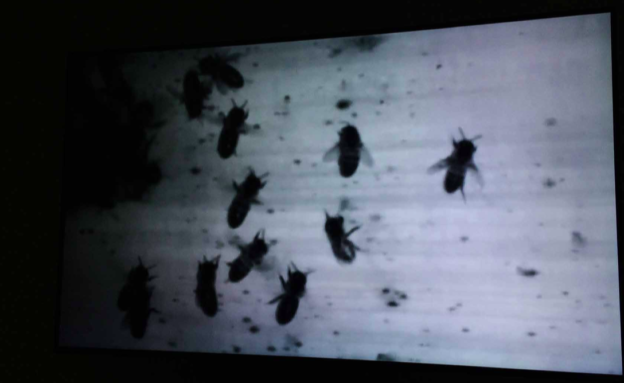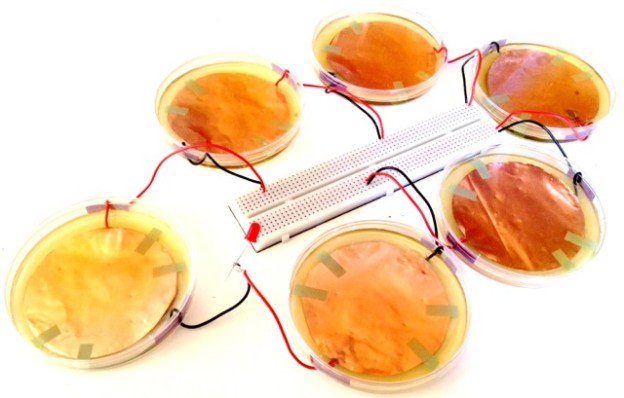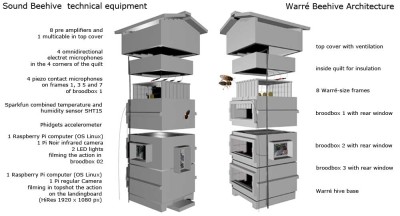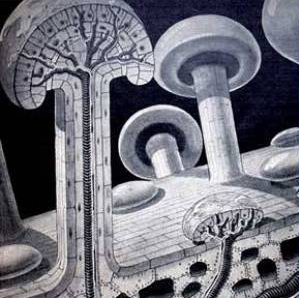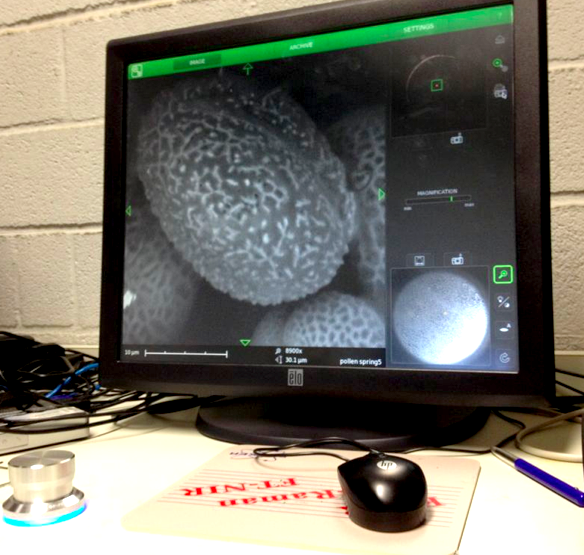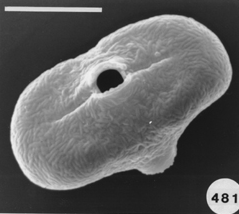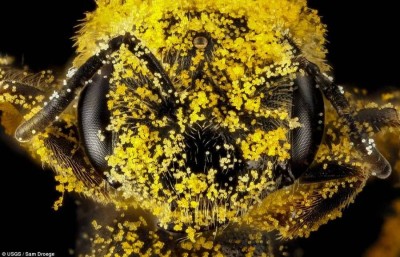The Bee Laboratory project monitors the behaviour of honeybees in urban surroundings. Beekeepers, scientists and artists examine the bee colonies in our rooftop gardens, our open air laboratories. We study the distributed intelligence of the honeybees : their behaviour, ecology and sociobiology. We monitor the bees and beehives with all kinds of eco-technology and we study the colony as a community. We research the interaction between the different colonies as well as the colonies’ behaviour and development in relation to the urban environment.
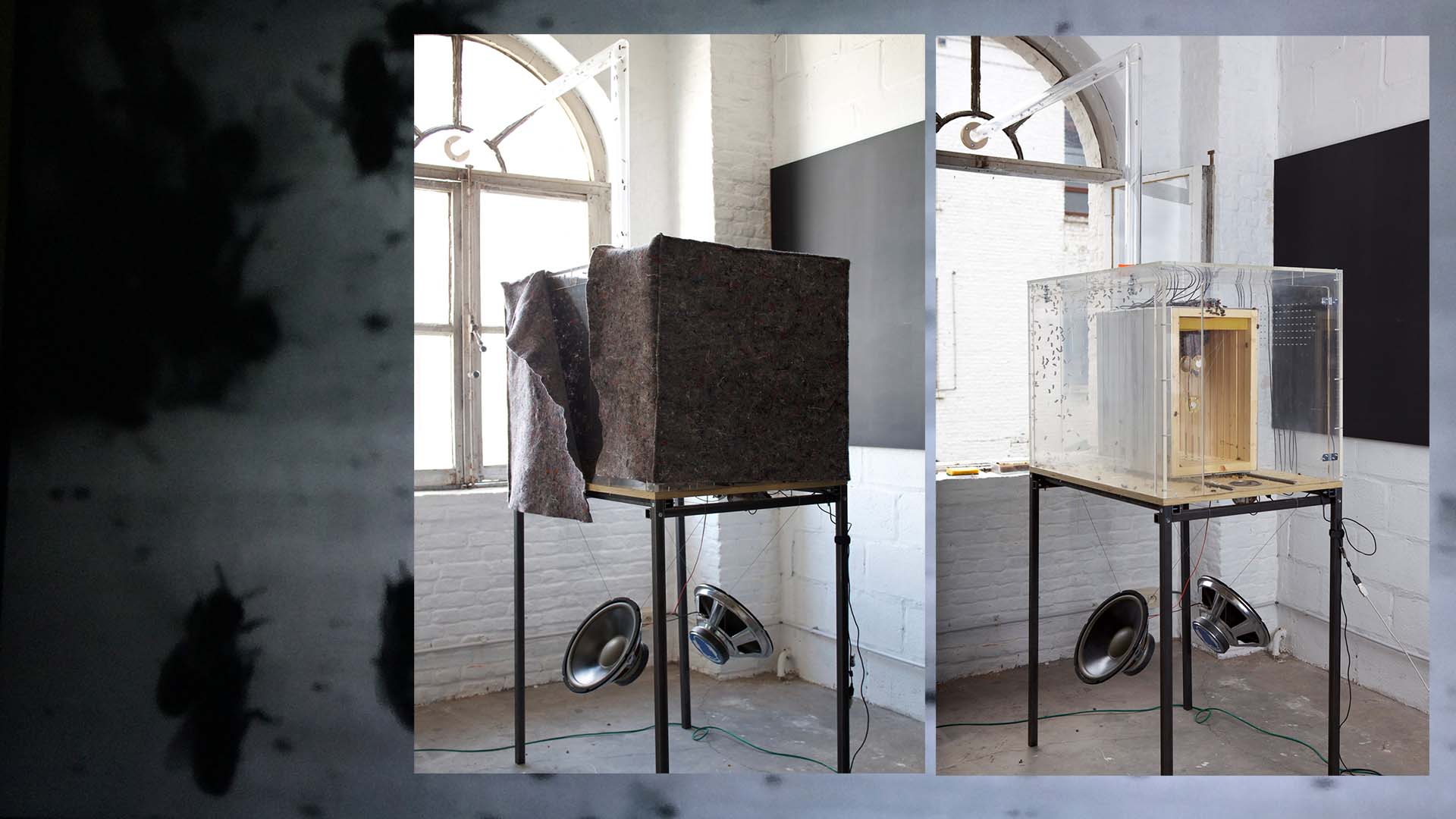
honeybee monitoring, 2009-ongoing

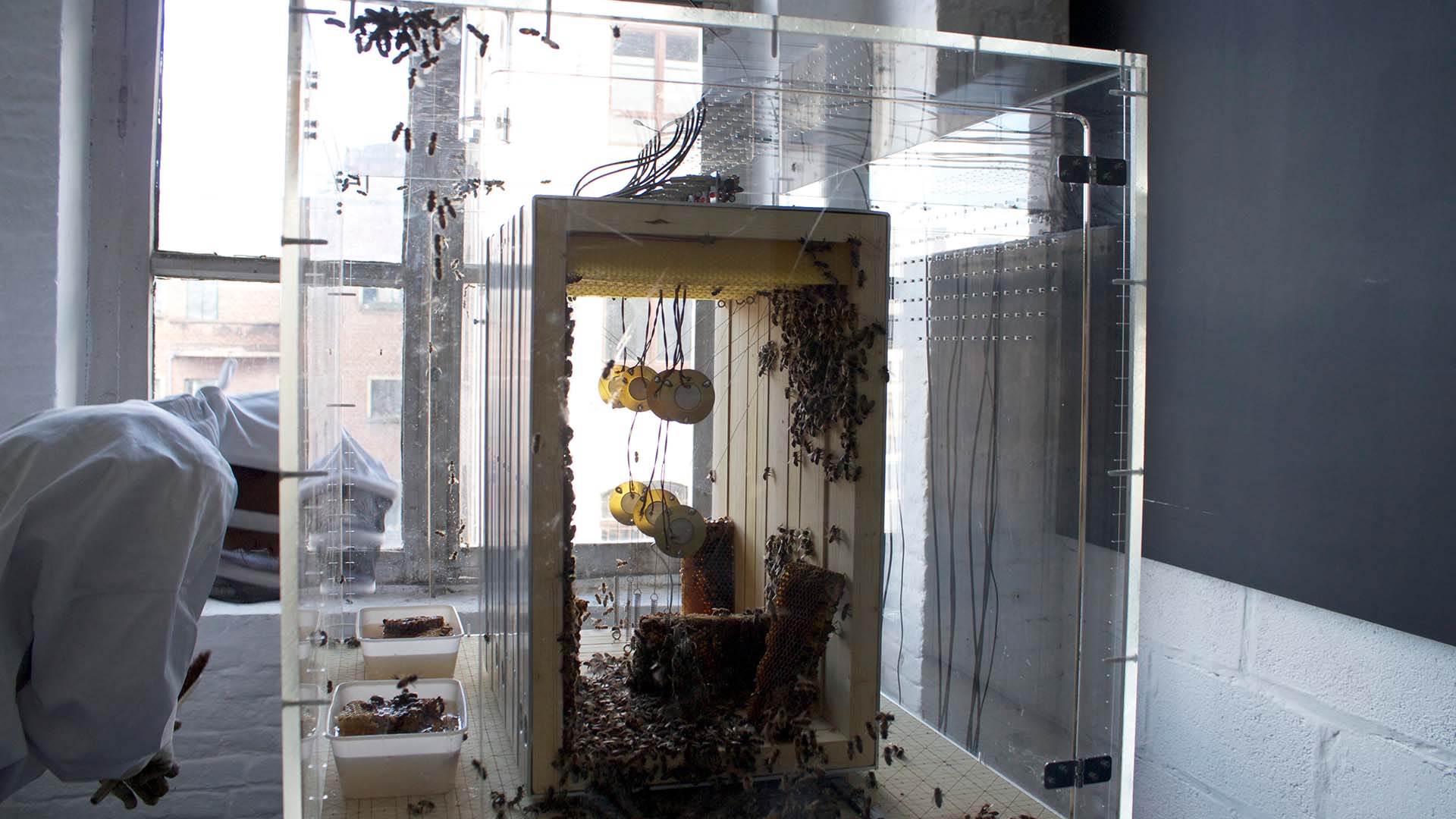
Working with the Transparent Beehive
The monitoring project offers the opportunity to study the bee colonies as bio-indicators. Bio-indicators reflect the health of the ecosystem, they can tell us about the cumulative effects of different pollutants. A bee population functions and evolves very much in accordance to the human activities we are developing around them: gardening and urban agriculture. The production of honey is different related to the flowers we grow, the plants we like, the garbage or pollution we produce.
In our experimental set-ups we work with different kinds of sustainable beehives, and we also build our own observation hives. These hives are augmented with sensors and sensory processing algorithms that analyse the quality of pollen and propolis as well as the behavior of the bees in order to monitor the state of the ecology in the surrounding areas. The ‘Intelligent Beehives’ are distributed in a European network and the data are available online.
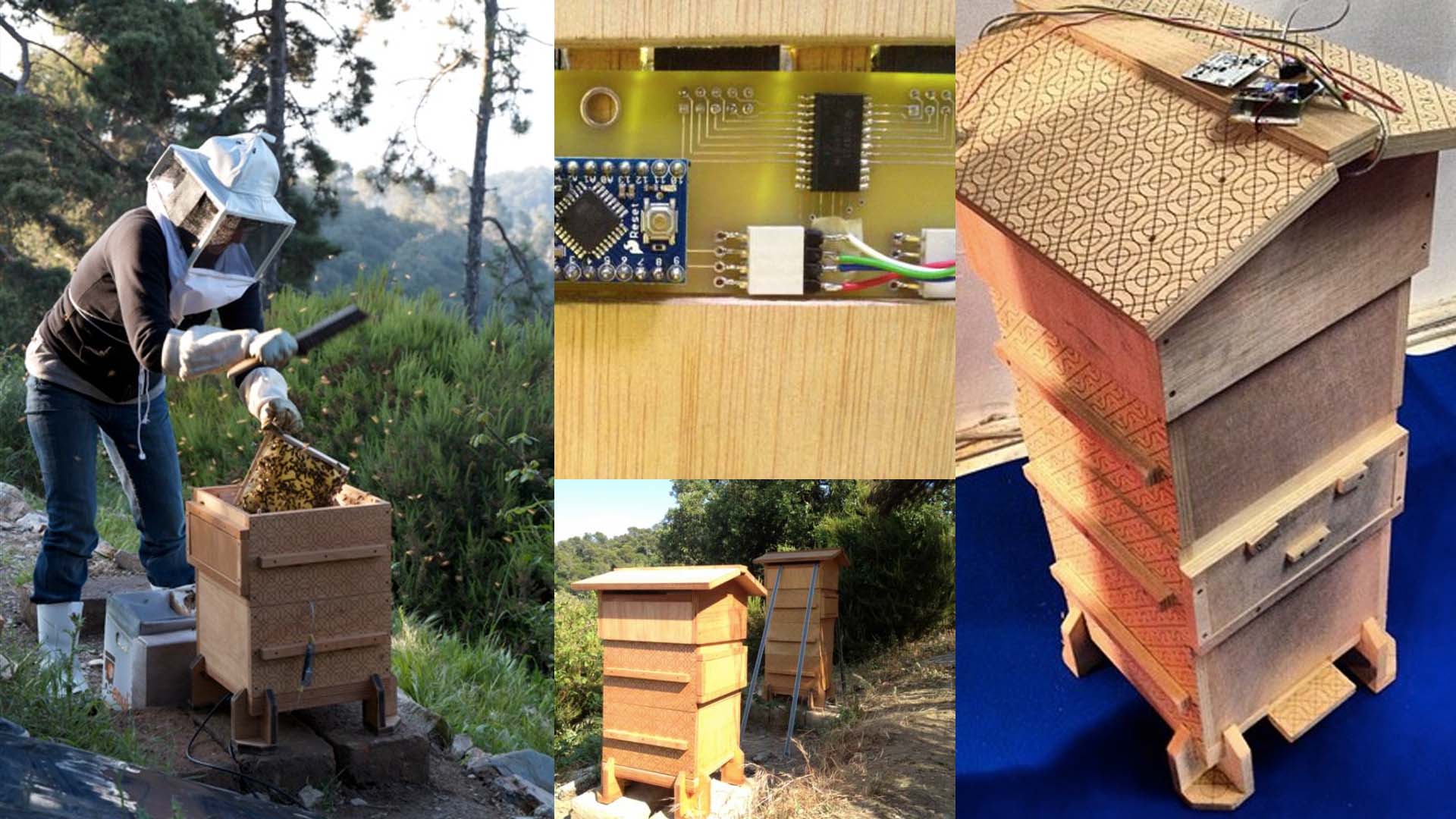
Monitoring in the Open Fields (Valldaura, Barcelona)

Scanning Electron Micrograph of the tongue of a Honey Bee.

First design prototype for an Intelligent Beehive made from organic renewable materials.
The Bee Laboratory & UrbanBeeResearch should be seen as an open framework research. It is a long-term project on the edge of art, science and technology. The project is a collaboration between the artists, designers and engineers from okno.be, annemariemaes.net, the computer scientists of the VUB – artificial intelligence laboratory (Prof. Bart de Boer, Free University Brussels) and the Sony Computer Research Laboratory Paris – sustainability group (Ing.Dr. Peter Hanappe).
Observing and monitoring the activities of the hives coupled with ongoing documentation of each individual hive as well as the interaction between the different colonies is performed. This data has abundant environmental information value, but can also be used and made available in a more indirect/symbolic way, as in artworks.
Links to research, presentations and derivative artworks of the Bee Laboratory project:
Installations & presentations of the Bee Laboratory in exhibitions:
the Transparent Beehive at Time Inventors Kabinet Brussels (2012)
The Transparent Beehive at BEAF Brussels / Art&ICT (2014)
The Bee Laboratory on KunstRadio Vienna (2014)
The Bee Laboratory at Urban Beeing, školská gallery, praha (2014)
The Bee Laboratory at Poppositions Art Fair (2015)
Bee Monitoring Devices and Curious Observations at the Institute of Evolutionary Biology, Barcelona (2015)
The Scaffolded Beehive at Artes@IJCAI (International Joint Conference on Artificial Intelligence), Buenos Aires (2015)
The Bee Laboratory at Transformative Ecologies, Mons Cultural Capital (2015)
The Pop Up Bee Bar at BRDCST, Ancienne Belgique Brussels (2016)
The Guerrilla Beehive at Realizing Potentials, Art-based sustainability, Barcelona (2016)
The Transparent Beehive at Ecoventions, De Domeinen, Sittard (2017)
The Intelligent Guerrilla Beehive at Ars Electronica Cyberarts Exhibition – Honorary Mention Hybrid Arts (2017)
The Bee Agency / Sensorial Skin project at Resonances II, Leonardo Da Vinci Museum in Milano (2017)
The Bee Agency / Sensorial Skin at NOVAXX, St. Gery Brussels (2017)
Bee Agency / Variation Games at Beehave, Fundación Juan Miró, Barcelona (2018)
Bee Agency at Eco-Visionaries, Haus der electronischer Künste (HeK), Basel (2018)
Bee Agency at Museum for Art, Architecture & Technology (MAAT) Lisbon (2018)
Bee Agency at Pixel Festival Bergen, Norway (2018)
The Intelligent Guerrilla Beehive at Datami, Milano Design Week (2019)
Bee Agency at Mirage Festival, Lyon, France (2019)
Elbe Bees / ElbBienen at Hamburg Machine, Art in Public Space, Hamburg, Germany (2019 – ongoing)
Bee Agency, Humms & Buzzes, Ludwigshafen, Germany (2019)
Bee Agency at Eco-Visionarios, Laboral, Gijón, Spain (2019)
Bee Agency at UN/GREEN: Natural Artificial Intelligences, National Museum Riga, Latvia
Elbe Bees / ElbBienen, partII at Art in Public Space, Commission by city of Hamburg for Permanent Work (2020-ongoing)
Bee Agency at Meakusma X IKOB, Meakusma Festival with Museum of Contemporary Art Eupen, Belgium (2020)
The Scaffolded Sound Beehive at Klankenbos (Oortreders), Pelt, Belgium (2020)
Bee Agency / Variation Games at Generation Y, Artschool Manchester & online project, Manchester, UK (2021)
Books, articles and papers:
Dialectics of Nature – Leonardo Magazine, MIT Press (2020)
Sensorial Skin – STARTS Residency at the Hybrid Forms Lab, VU Amsterdam (2019-2020)
The Intelligent Guerrilla Beehive – Hiperorganicos, University of Rio de Janeiro (2018)
Alchimia Nova (publication 2016, ISBN 9789492321480)
the Sound Beehive Experiment – paper for Ignorance, Publication (2015)
the Scaffolded Sound Beehive – paper for the International Joint Conference on Artificial Intelligence (IJCAI, 2015)
The Transparent Beehive (publication 2013, ISBN 9789081898515)
Research and Residencies, wiki research material:
Much more info on https://research.annemariemaes.net
the Guerrilla Beehive project page
the Guerrilla Beehive research page
the Guerrilla Beehive Design page
